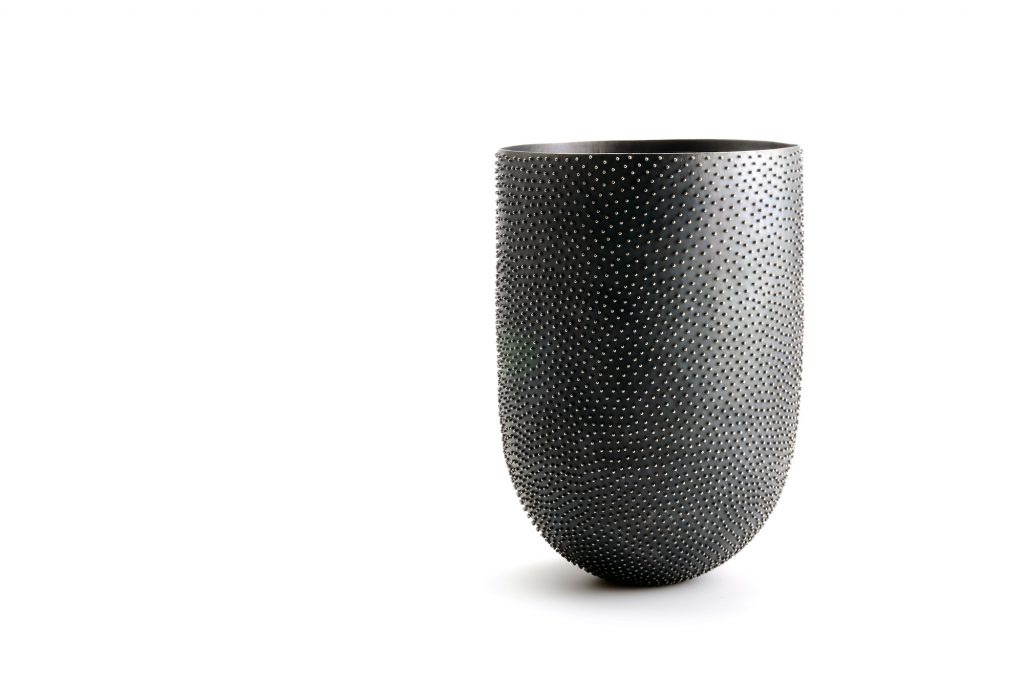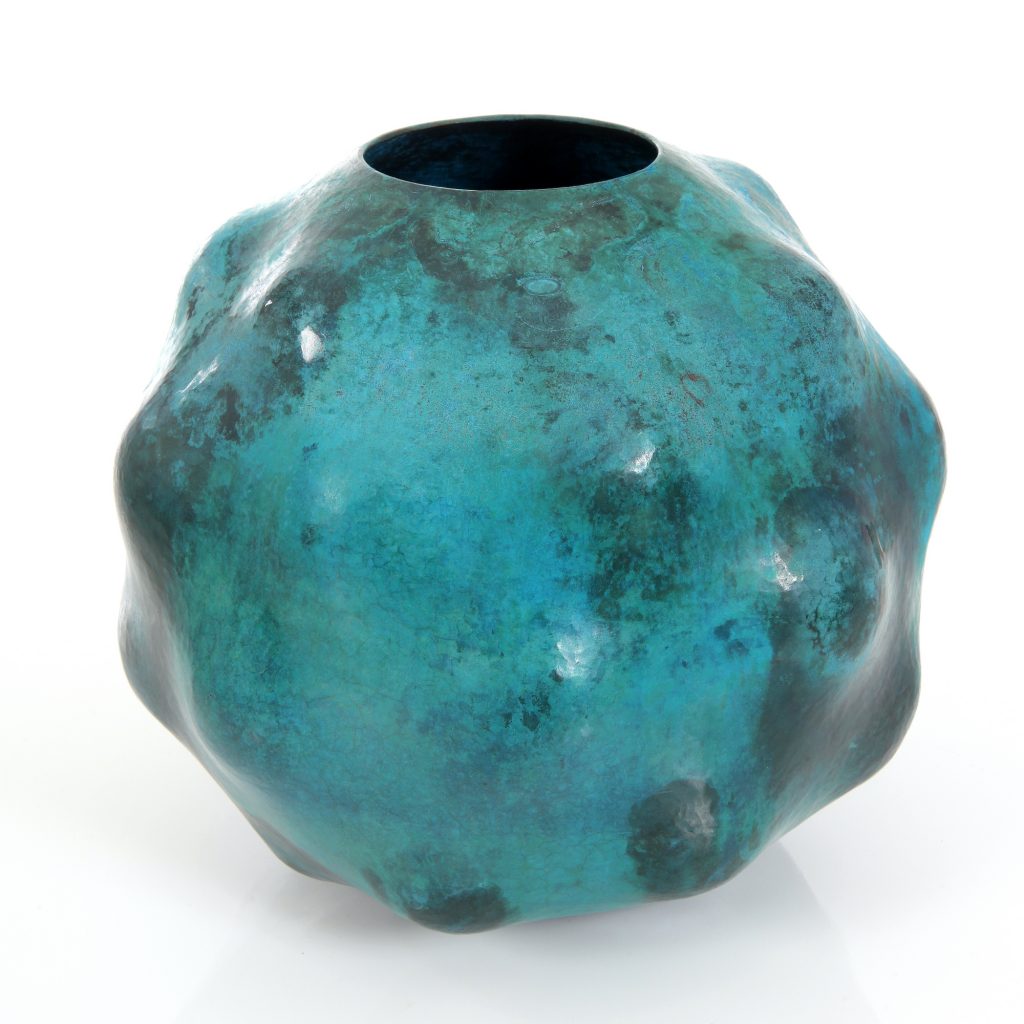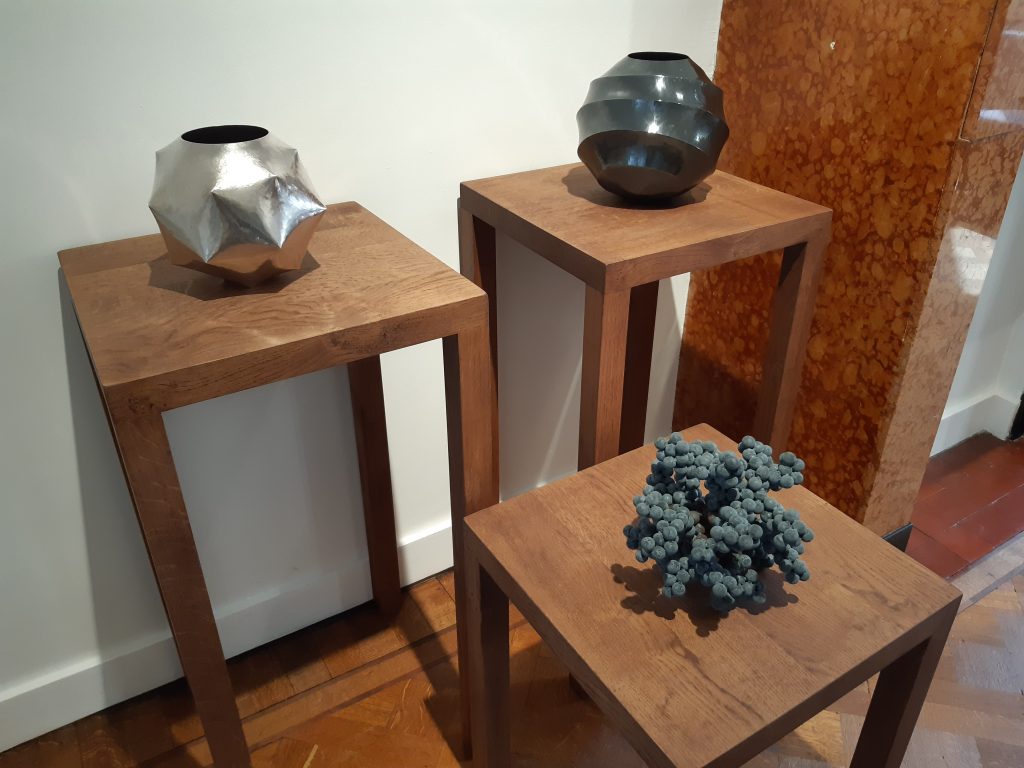
Spotlight On: “Morphoses”
Valcke Art Gallery’s recent exhibition presents the transformative works of three distinct craftsmen: David Huycke, Christophe Desvallées and Guy van Leemput. TLmag talks to director Johan Valcke about the exhibition, as well as his take on the contemporary Belgian art scene.
Since 1975, Johan Valcke has held multiple prominent positions within the Belgian art scene. For over twenty years, Johan Valcke worked in the Belgian and Flemish government to organise the promotion of contemporary applied art in Flanders. In this position, he organized many large and small events to promote Design and Contemporary Crafts, with an emphasis on the innovations within the genre. Today, he is not only a member of the Advisory Board of Designmuseum Gent and of the General Assembly of HISK (International Post Master University College for Fine Arts), but he holds a seat in the Acquisition Commission for DIVA (the museum for silver, jewellery and diamonds in Antwerp) and was nominated in the Commission for the Arts of the Flemish Ministry of Culture. In 2018, he started his own gallery – Valcke Art Gallery – which he describes as having a focus on “contemporary, witty, innovative and inspired (applied) art, national and international artists”. TLmag caught up with Valcke to hear more about the artists and works in his gallery’s latest exhibition, titled “Morphoses”, as well as his take on how the Belgian art scene has changed over the years.
TLmag: Could you tell us a bit about how this exhibition came about?
Johan Valcke (JV): The exhibition was planned together with them to open earlier this year (back in March). All the arrangements had been made but the lockdown in Belgium forced our hand and we had to make the tough call to postpone it. I first had two makers in mind for this exhibition: David Huycke and Christophe Desvallées. David was actually the one who pointed me in the direction of Christophe — whose work I immediately liked once I saw his website. Since both of these makers work with metal, silver and copper the title was originally “Metalmorphoses” — but this changed once Guy van Leemput’s porcelain works were added to the mix. The brightness and lightness of his porcelain works create a nice balance with the darker and heavier looking objects of David and Christophe. After that, the “metal” disappeared and the name changed to “Morphoses”
TLmag: The selected craftsmen for “Morphoses” each approach their materials in their own distinct way. What do you think connects their works within this exhibition?
JV: The three makers work with ancient materials like silver, copper and porcelain — each using the basic traditional techniques of their craft. Yet, all three of them add new insights, new techniques: their new conceptual ideas transform what we consider to be traditional design into something new. David is a silversmith which has an innovative approach to the traditional technique of granulation, whereas Christophe is a master brass maker (also known as “dinanderie” or copper chasing, which is originally from the Dinant region in Belgium) whose methodology includes a special way of hammering copper indirectly — that is to say, without welding. On the other hand, you have Guy who implements mathematical ideas into his porcelain vessels. They all push the boundaries of their craft into the area of individual expression and create very distinctive objects, not to say sculptures. Surface, transparency, volume and patina play an important role in their work. They change the form of their objects, hence the title “Morphoses”.
TLmag: In our last interview with you in 2016, you noted how you had the impression that contemporary crafts are more appreciated in neighbouring countries than they are in Belgium. As a figure who has had a prominent role within various art councils and has established several prizes and design festivals/fairs within the local and international contemporary art scene, I was wondering if over the last couple of years this impression has changed at all?
JV: The situation has not changed very much in Belgium, for painting and sculpture are still the areas recognised by the public as art. Covid has not changed much in this attitude, but of course many exhibitions were postponed what consequently prevented many interesting artists to present new work.
All other artistic expressions, specifically art that refers to function or design, remains rather unknown and is not very present in the musea and galleries of our country today. From the top of my head — and sorry if I forgot any — Designmuseum Ghent, DIVA (diamond, silver and jewellery, Antwerp), CID (Grand Hornu) , Becraft (Mons), ADAM (Brussels) and some other non-profit organisations are the only ones who promote or present (applied) art. Ceramics are shown in few galleries, and about two fairs that are open to presenting for artistic design (e.g. Collectible in Brussels and Belgian Art & Design in Ghent). On the other hand, there are thousands of people learning ceramics — in a more leisurely way than professional — and I’ve been seeing known sculptors and artists discover the possibilities of clay and creating ceramic sculptures. Strange enough their work is immediately accepted in the art world as fine art.
This used to be different in the late seventies and early eighties of the last century when one could see museums’ collections on view instead of them being hidden away in the basement as they are now. Textiles, jewellery, ceramics, stained and hot glass, silverware, etc in all sorts of contemporary and innovative creations were regularly shown to the public in provincial centres and cultural centres around the country. That is to say that these disciplines were very much promoted, more than they are now, and one could get professional training in the Royal Academies in Ghent, Antwerp, Hasselt, and other institutions. The interest is still there, so I am certain it will emerge again in the future, the question is only when!
“Morphoses” is on view at Valcke Art Gallery in Ghent until October 3rd, 2020,
Cover Photo: Several works by David Huycke.
















